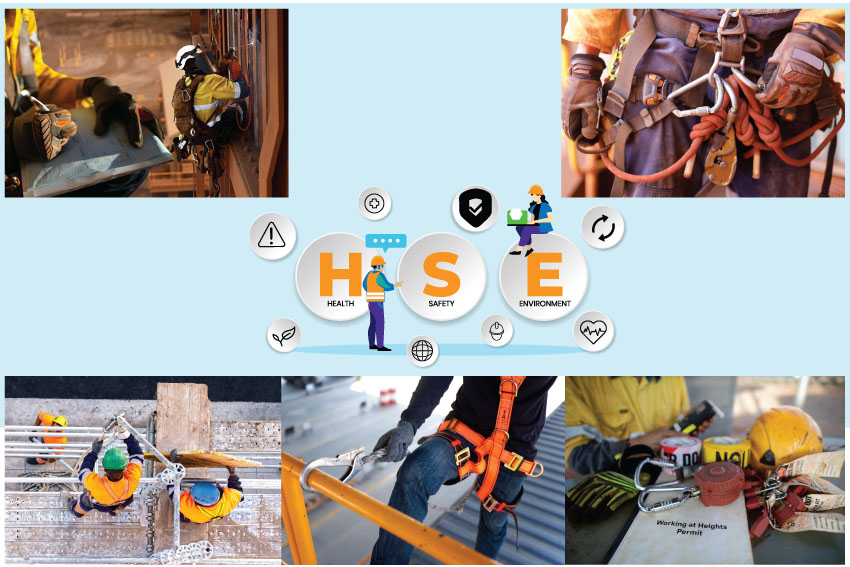
Working at heights continues to be a leading contributor to fatal accidents and severe injuries. The term 'work at height' relates to tasks performed in locations where, without preventive measures, individuals could potentially experience a significant fall that could result in bodily harm. Cases often involve incidents like falling from ladders or through delicate surfaces.
Employers can take simple, practical measures to reduce risks associated with working from heights. Keep reading to discover more about the risks associated with working from heights, and the vital safety measures you should be putting in place as an employer or employee.
A Dangerous Occupation
The Health and Safety Executive (HSE) recently published a report highlighting the ongoing need for further reduction in fatal workplace accidents within the UK. In 2021/22 alone, a distressing total of 123 individuals lost their lives in work-related incidents.
Among these fatalities, 29 were attributed to falls from height, while 18 resulted from impacts caused by moving, flying, or falling objects. Since 2017, falls from height have consistently stood as the leading cause of fatal accidents in Great Britain. This indicates the imperative need for continued efforts in transforming attitudes and fostering a robust health and safety culture in workplaces.
Work at Height Regulations 2005
The Work at Height Regulations 2005 is a set of regulations implemented in the United Kingdom to ensure the safety of individuals who work at height. The regulations provide specific guidelines and requirements for employers and employees engaged in tasks that involve working from heights. The main purpose of these regulations is to prevent accidents and injuries resulting from falls and falling objects.
How to Reduce the Risk
To work safely at heights, key provisions of the Work at Height Regulations 2005 must be followed:
Avoiding Work at Height Whenever Possible
Employers are required to assess whether the work can be carried out on the ground or at a lower level, minimising the need for working at height.
Conducting Risk Assessments
Employers must assess the risks associated with working at height, considering factors such as the nature of the work, the working environment, and the equipment used.
Planning and Organising work
Employers are responsible for planning and organising work at height, ensuring that suitable equipment and competent personnel are available. Proper training and supervision should be provided to employees.
Using Appropriate Equipment
The regulations emphasise the use of suitable equipment for working at height, such as scaffolds, ladders, and platforms. Equipment must be properly maintained, inspected, and used by competent individuals.
Implementing Safety Measures
Measures should be in place to prevent falls, such as guardrails, edge protection, and personal protective equipment (PPE) where necessary. Emergency procedures and rescue plans should also be established.
Providing Training and Information
Employers are required to provide adequate training and information to employees regarding the risks associated with working at height, as well as the safe use of equipment and precautionary measures.
By complying with the Work at Height Regulations 2005, employers aim to ensure the safety and well-being of workers engaged in tasks at elevated positions, reducing the risk of accidents and injuries caused by falls.
Work from Heights Safety with Label Source
To emphasise the dangers of working at heights, Label Source supply a range of health and safety signs to warn of the inherent risks, as well as mandatory notices for the use of personal protective equipment.